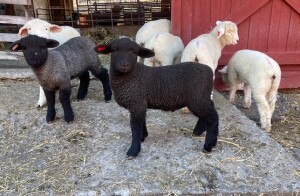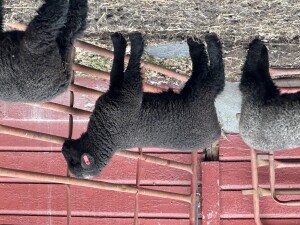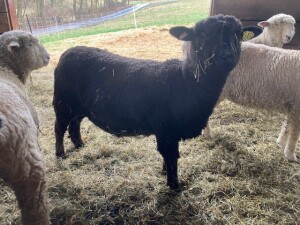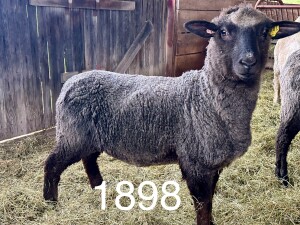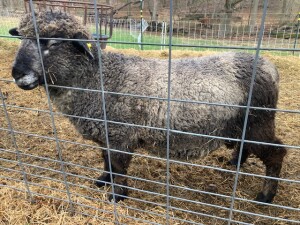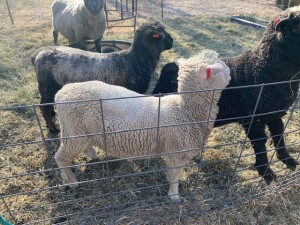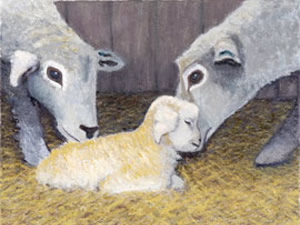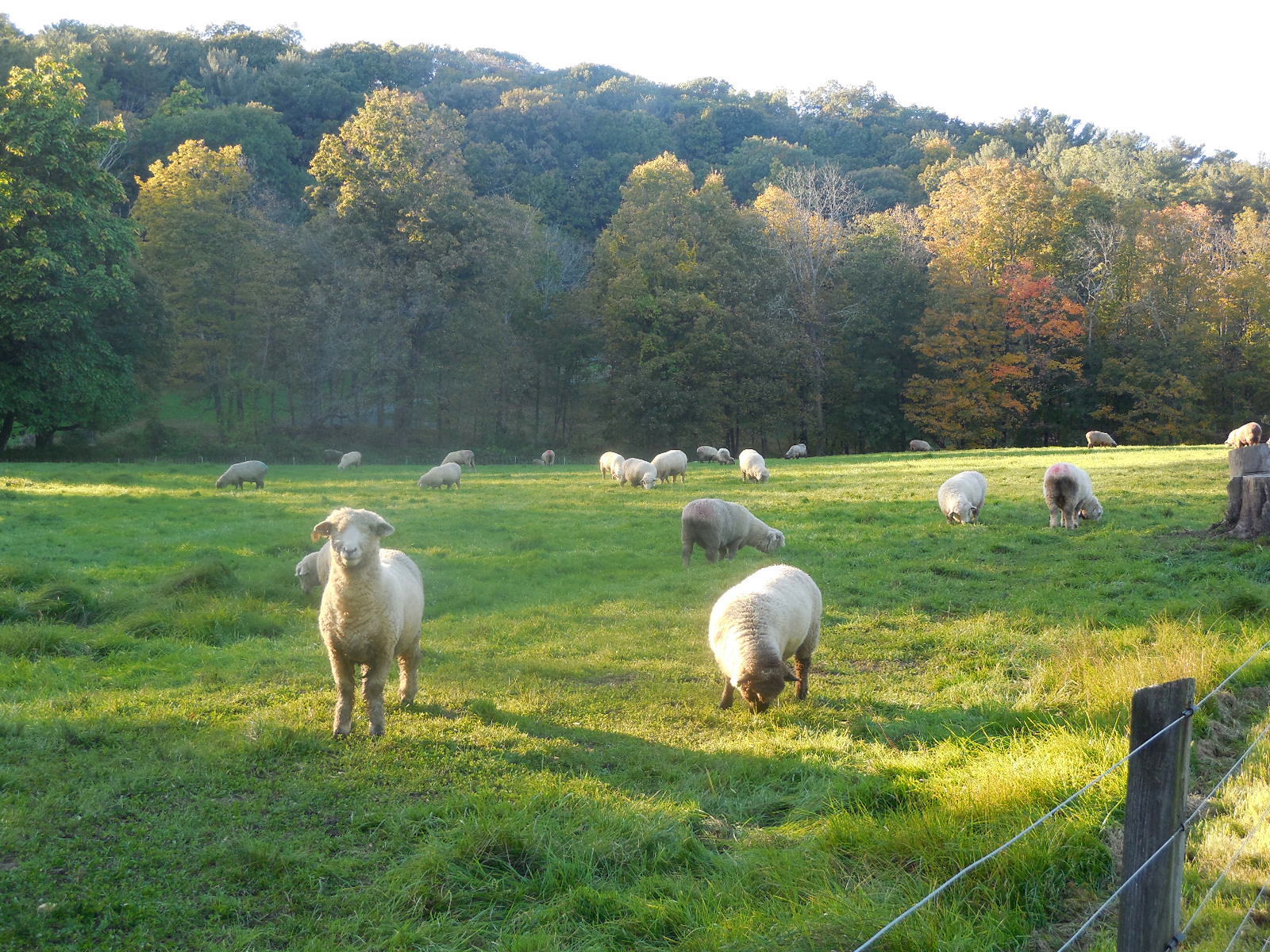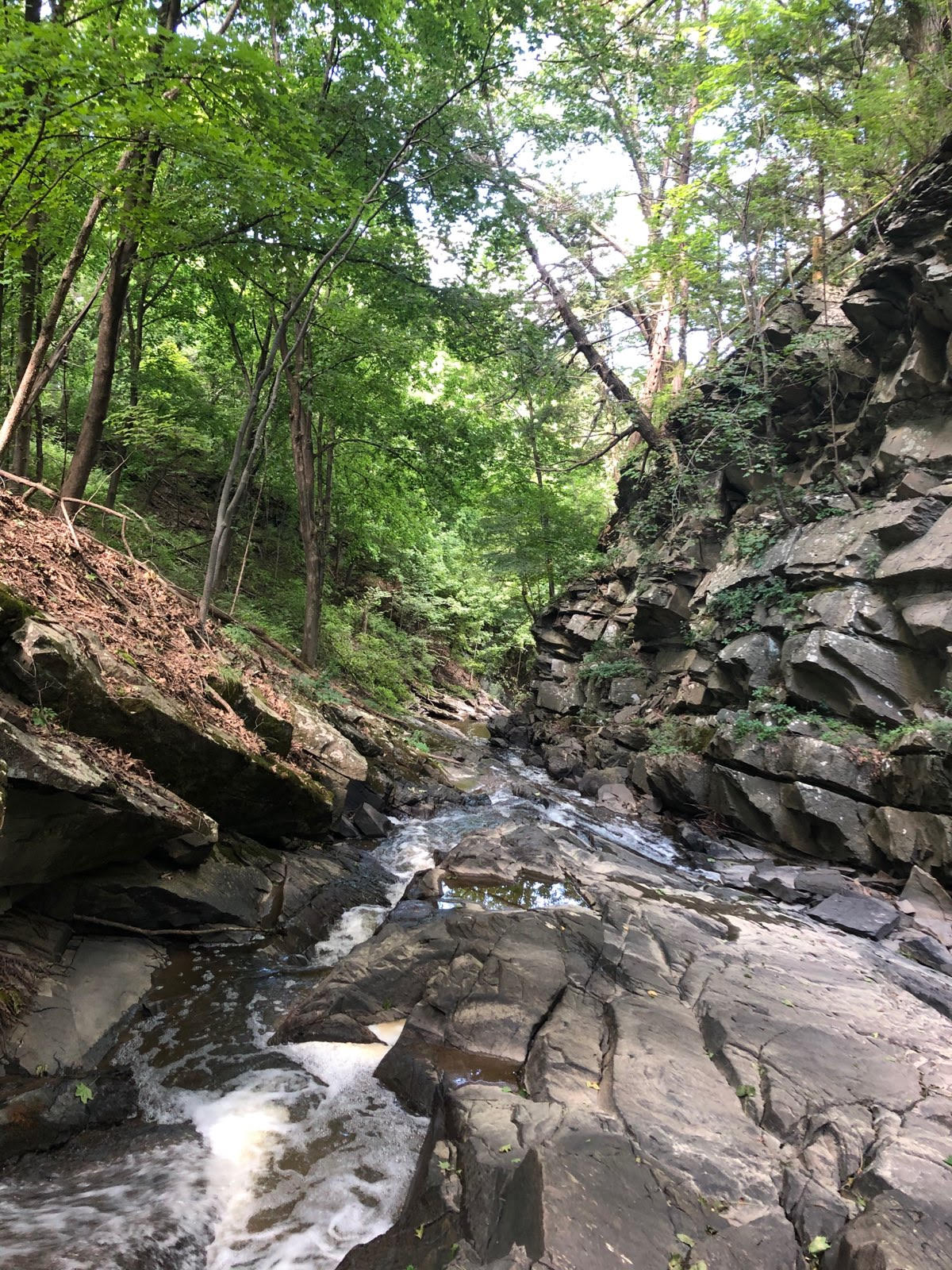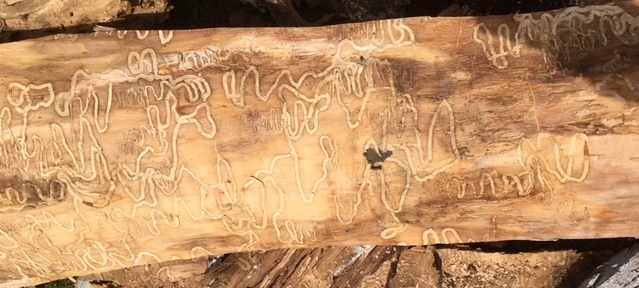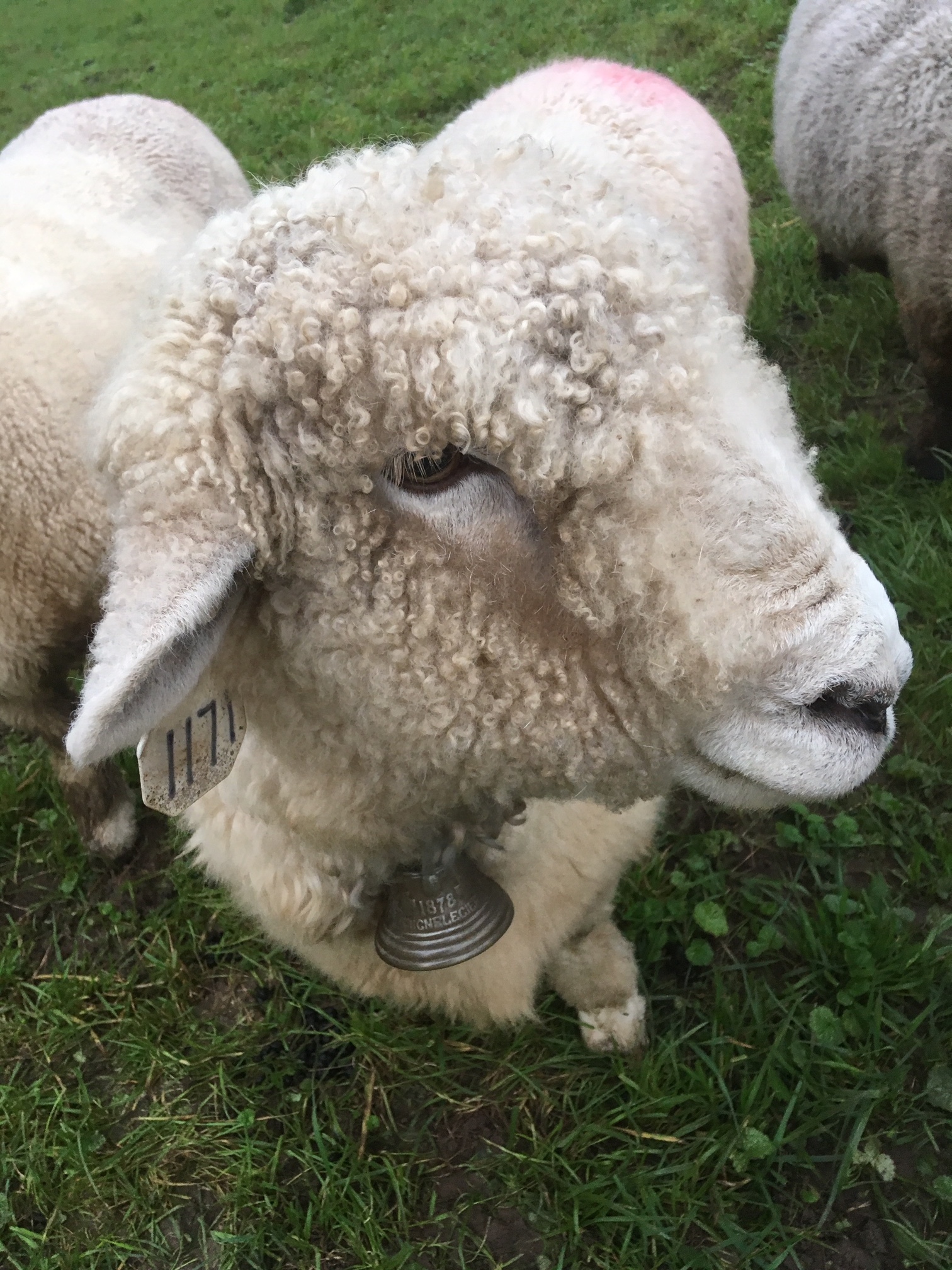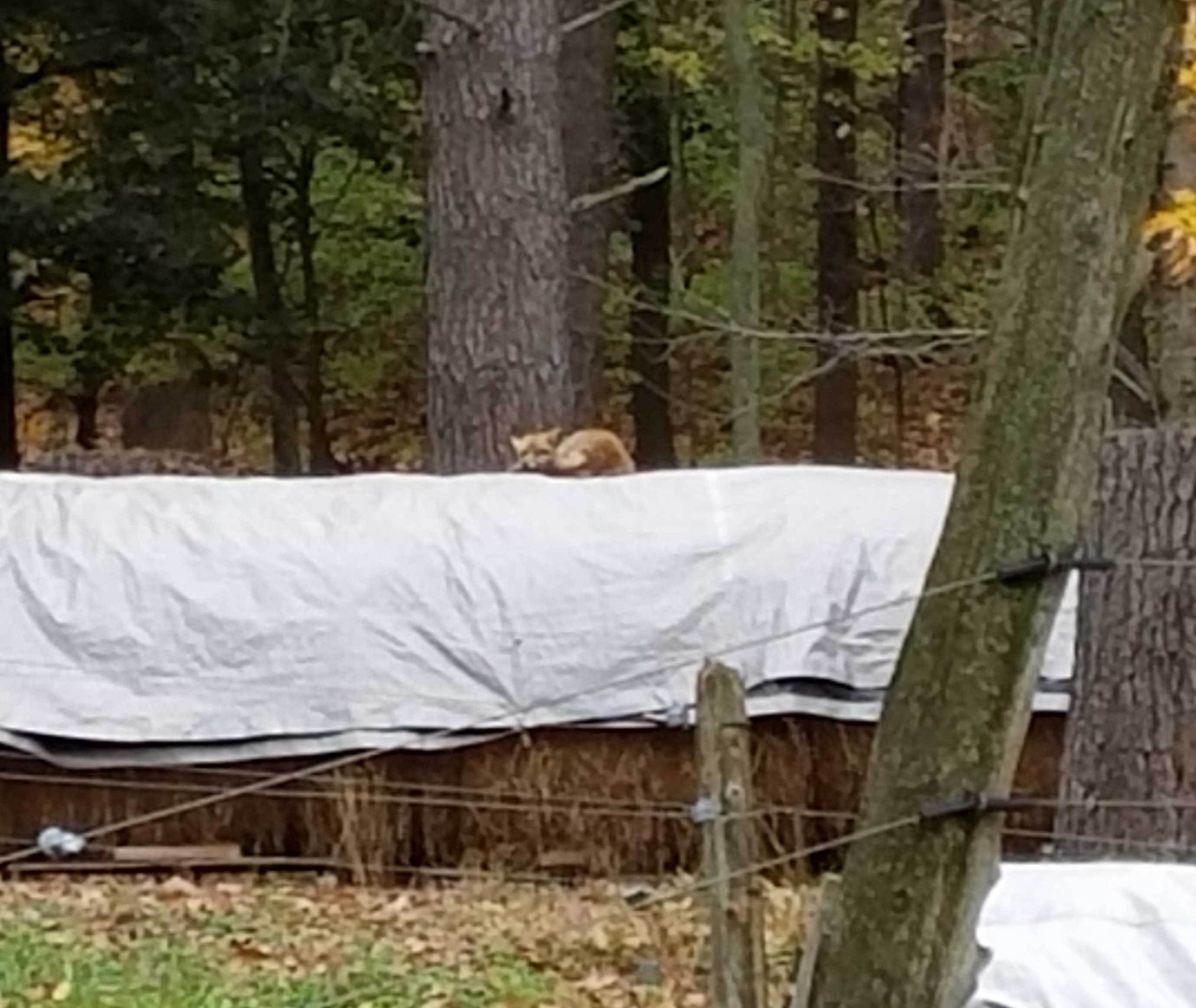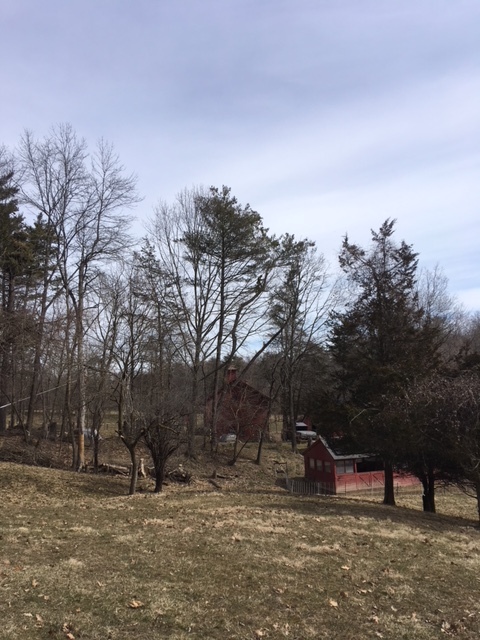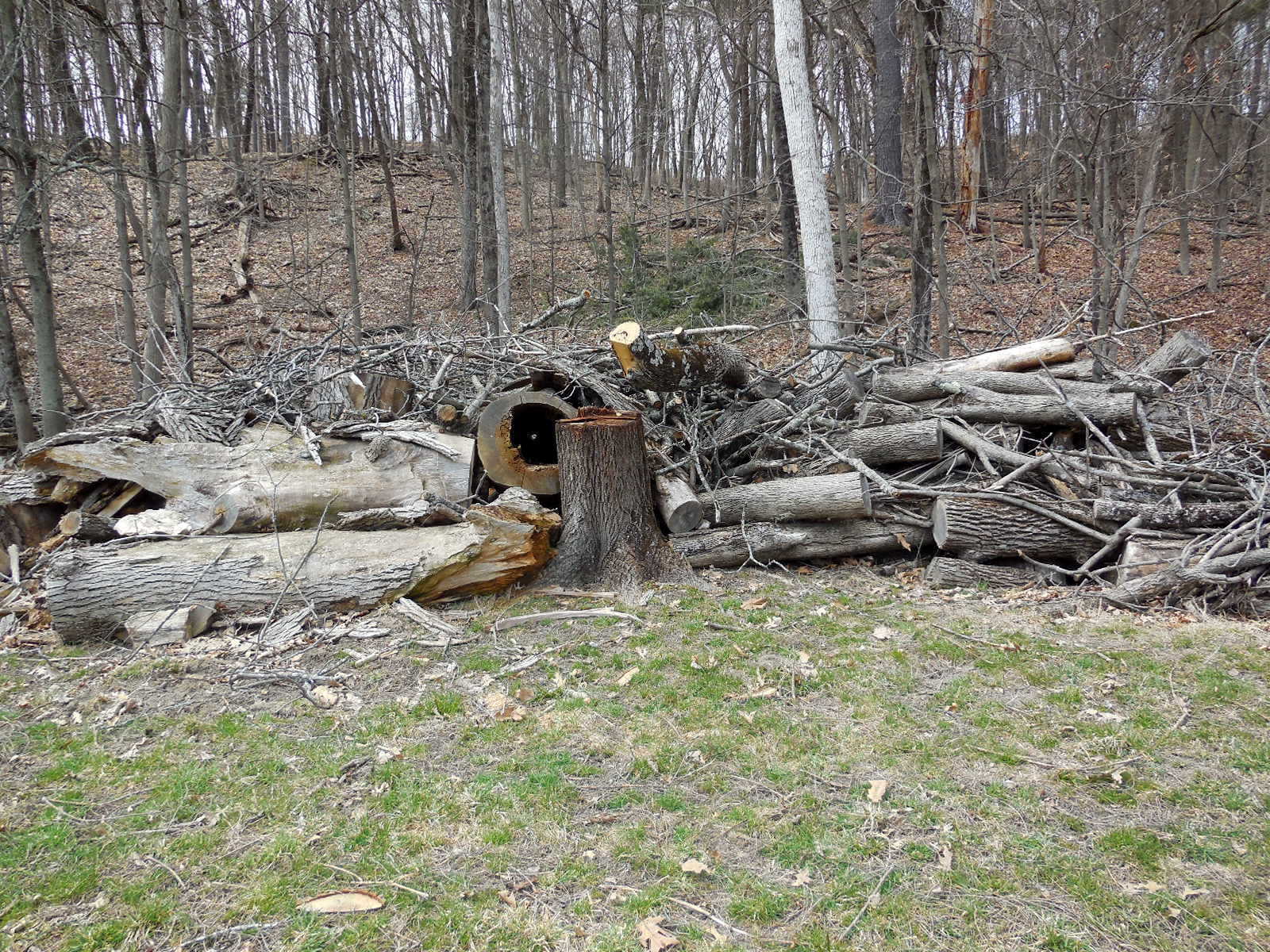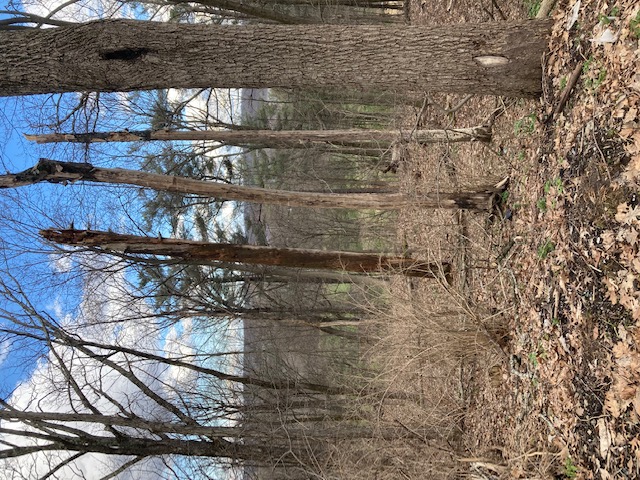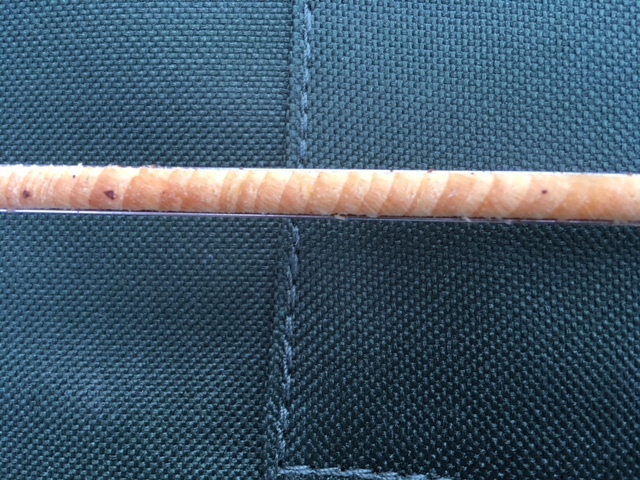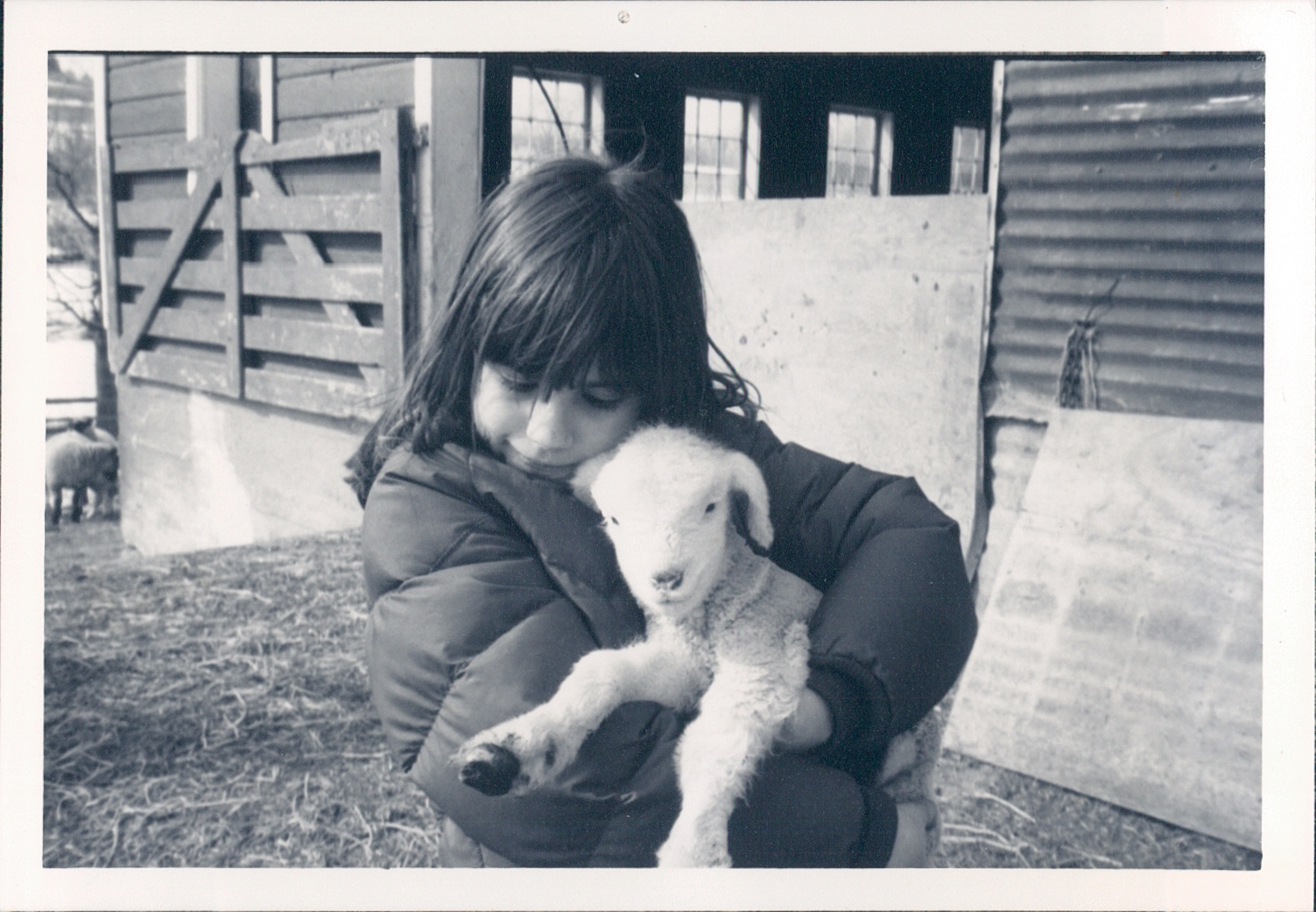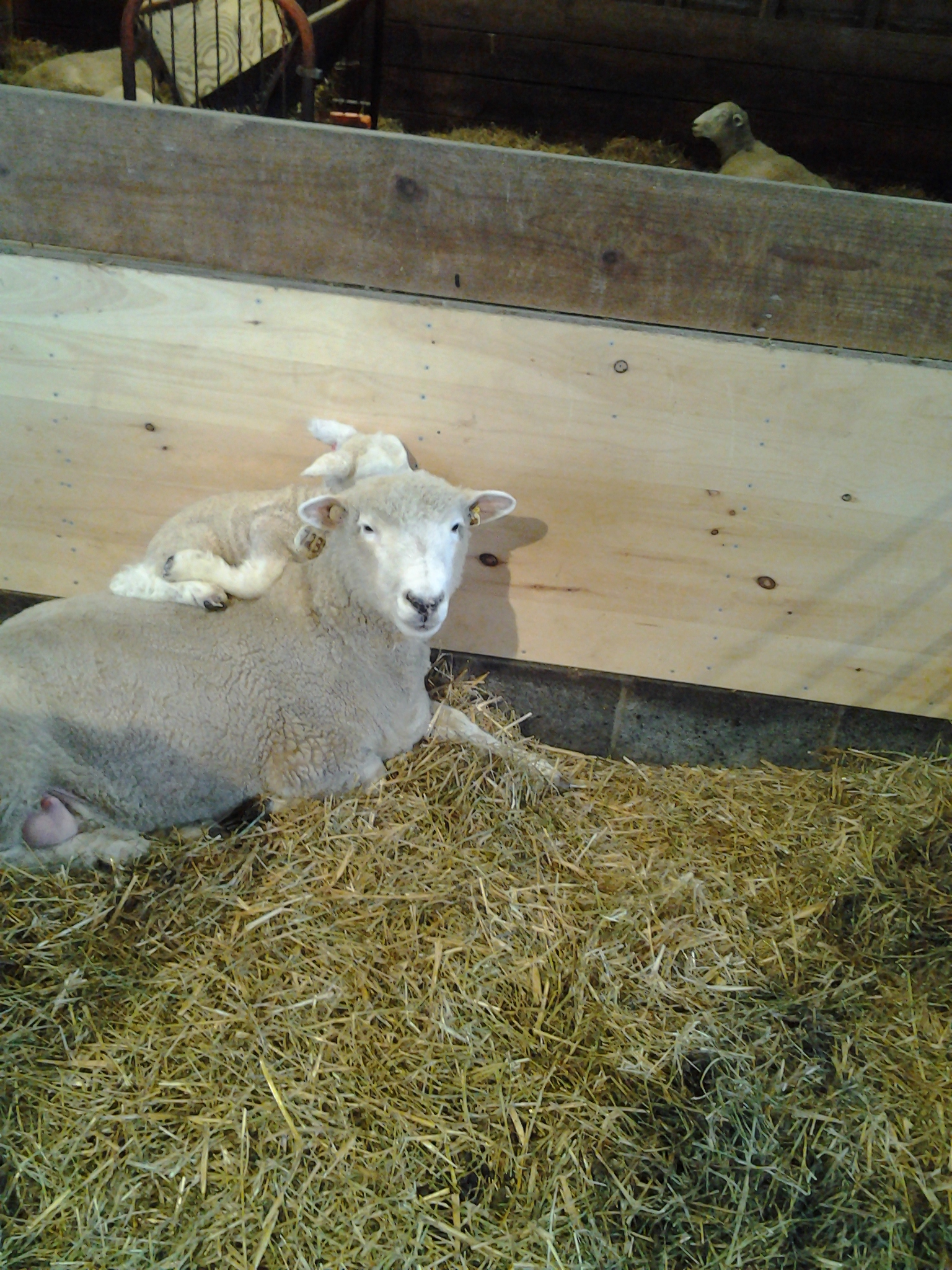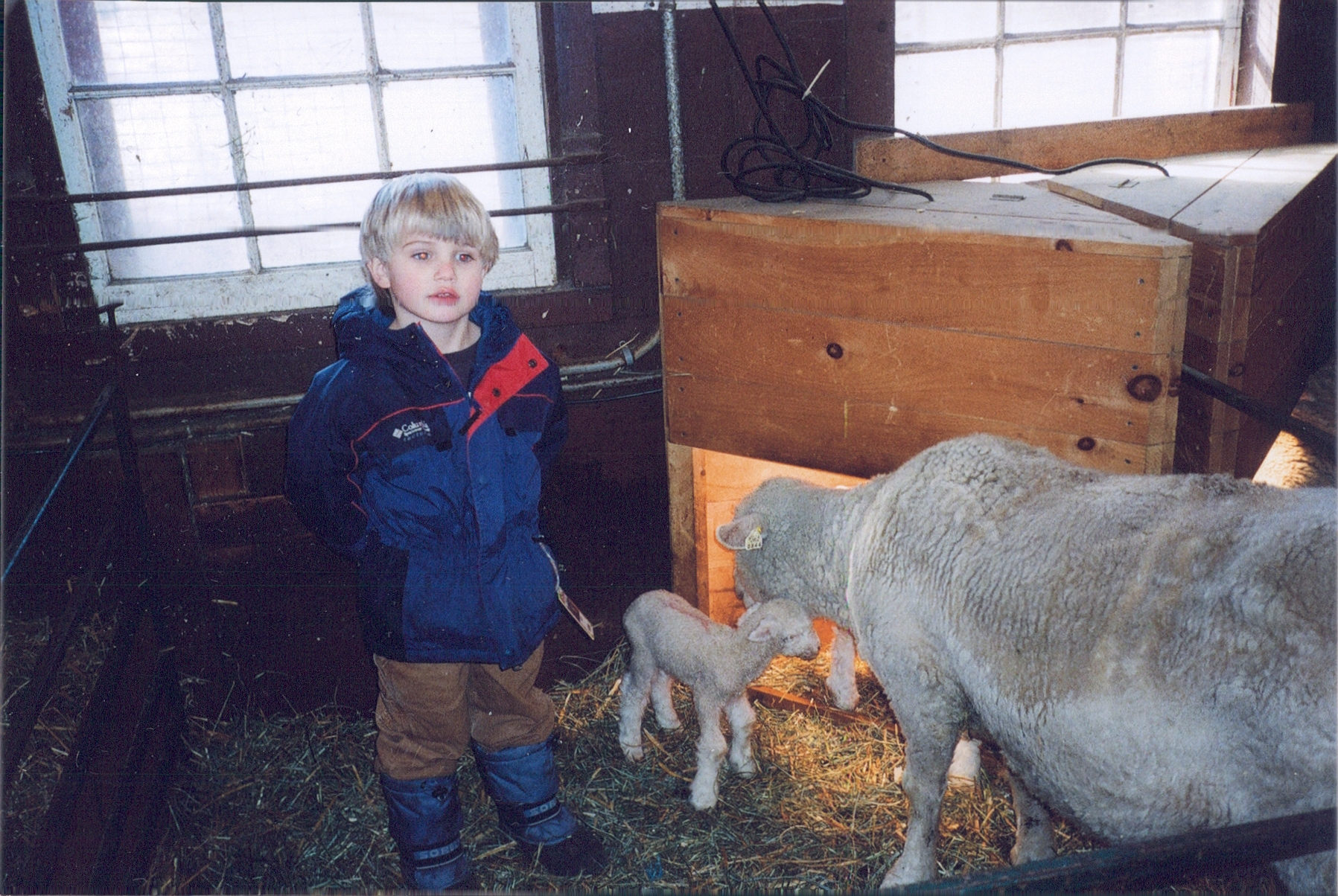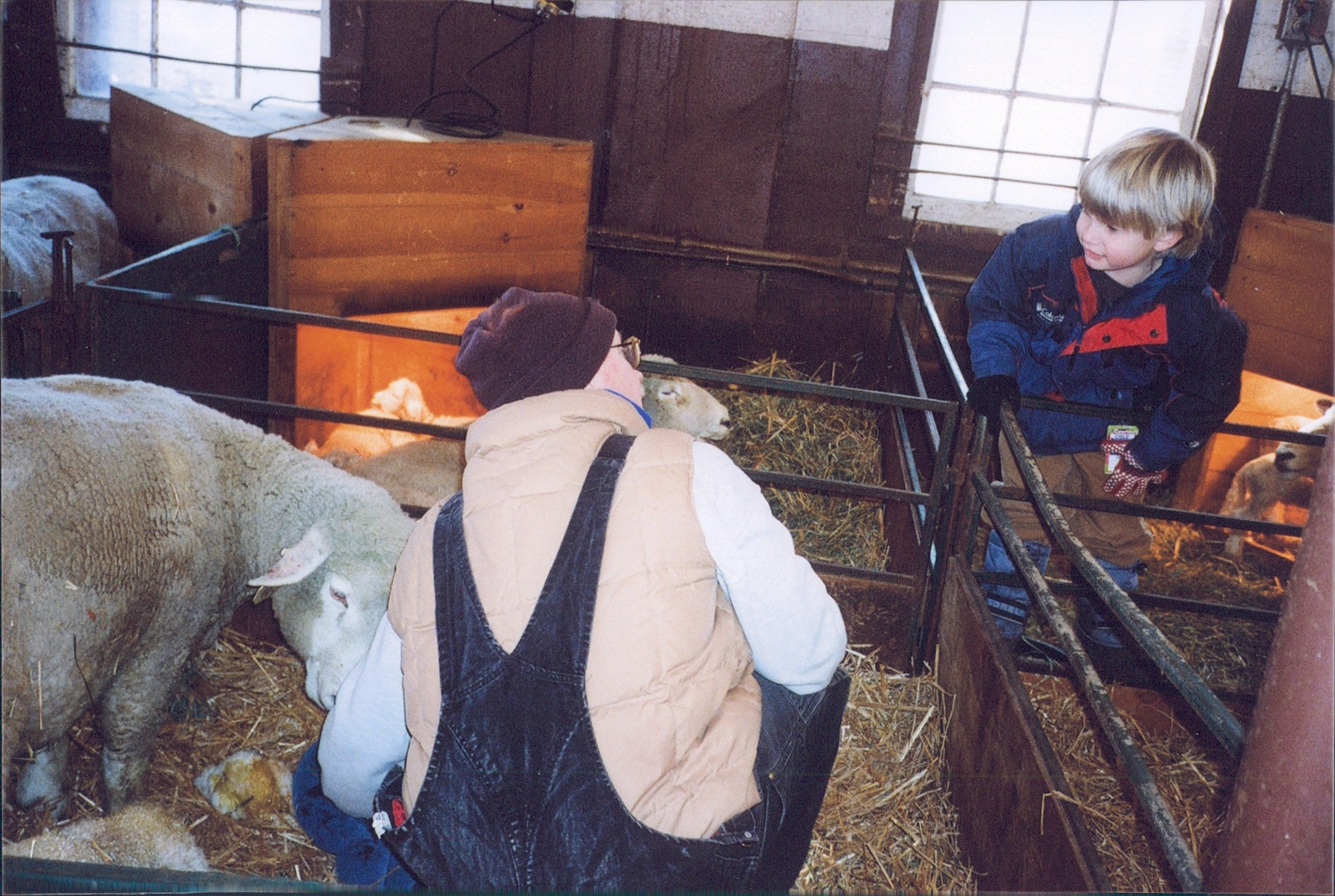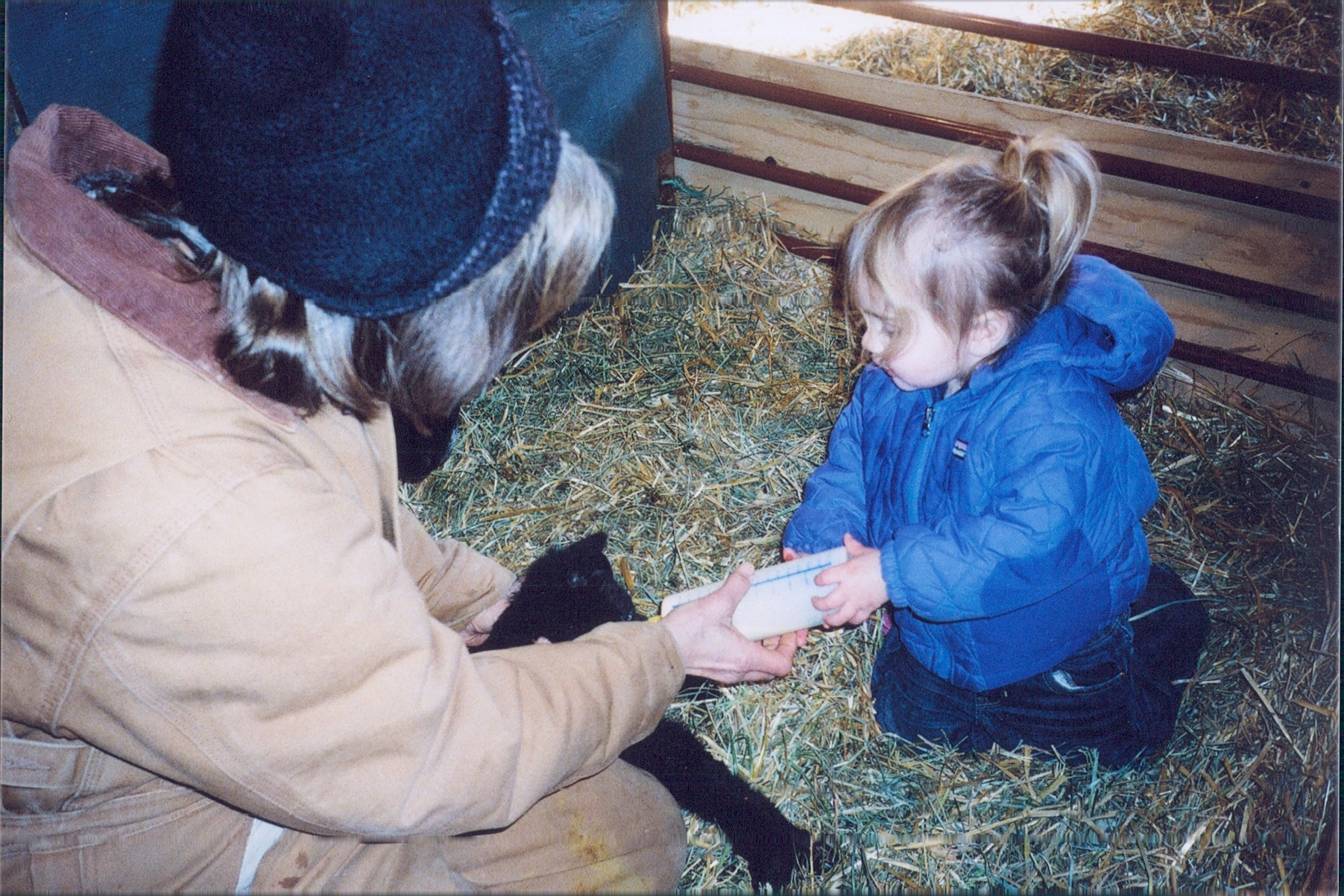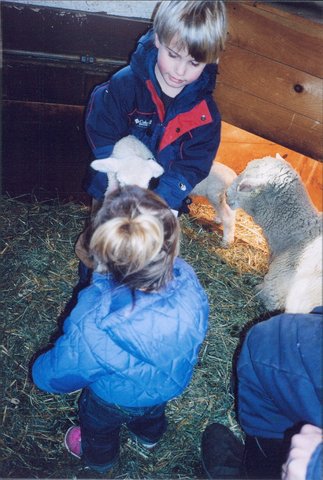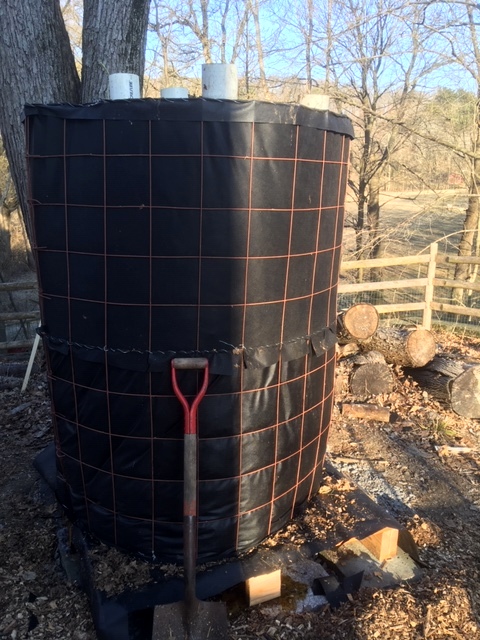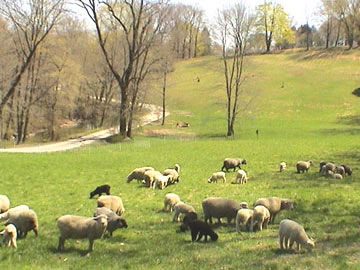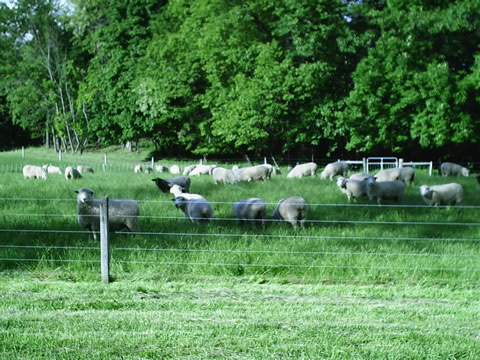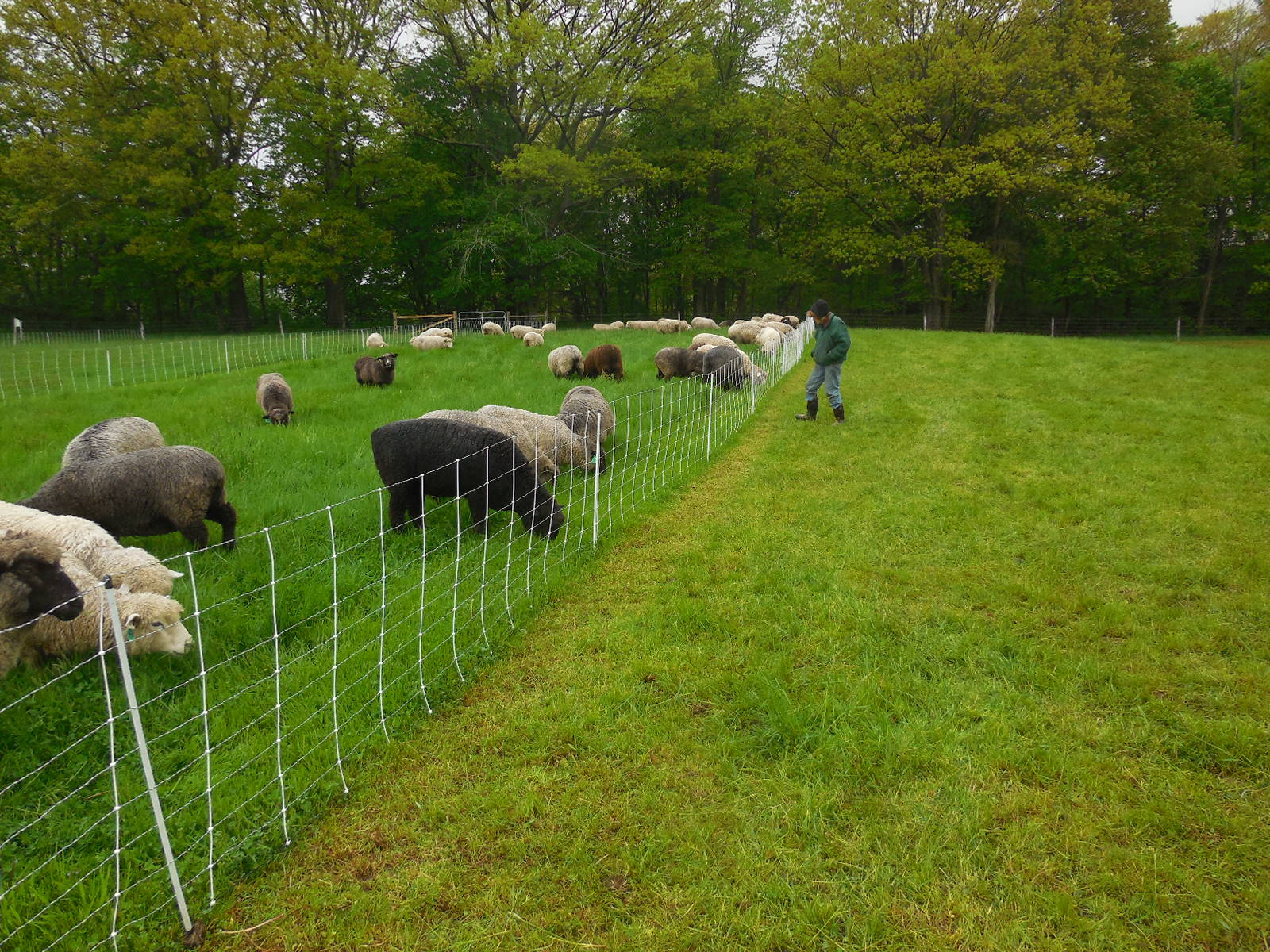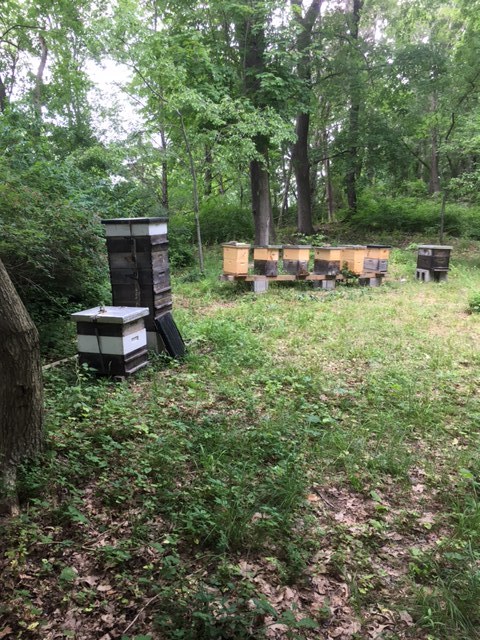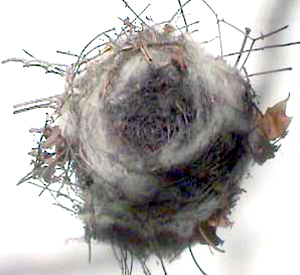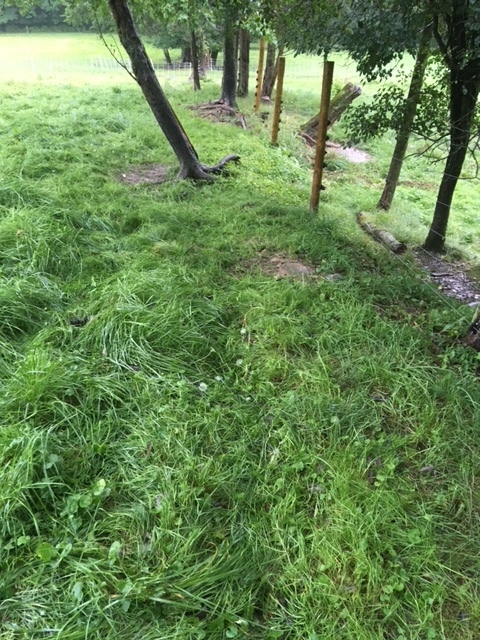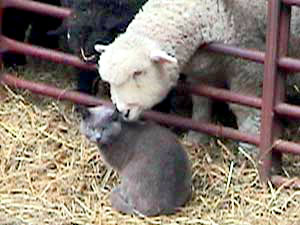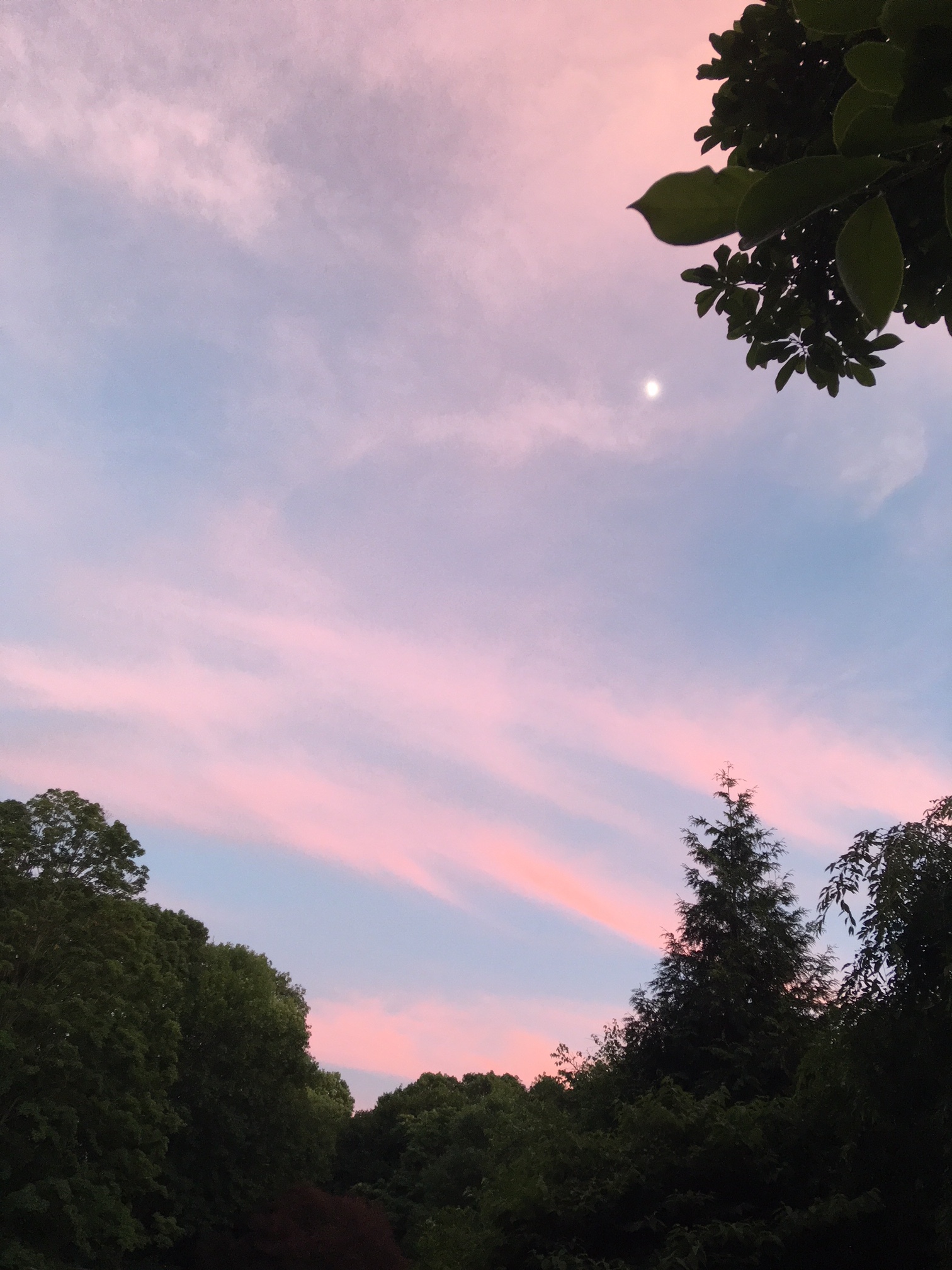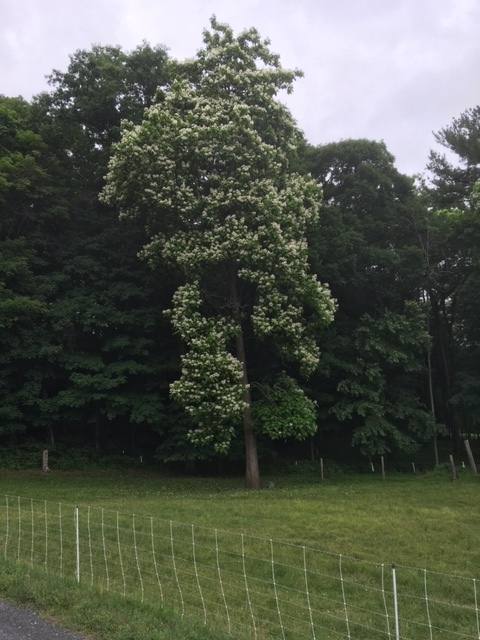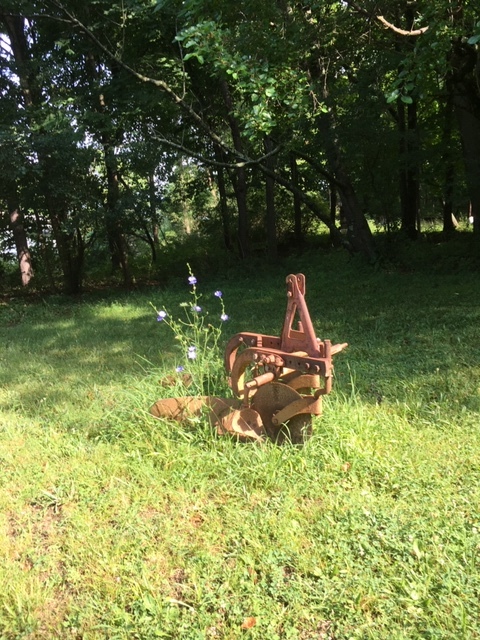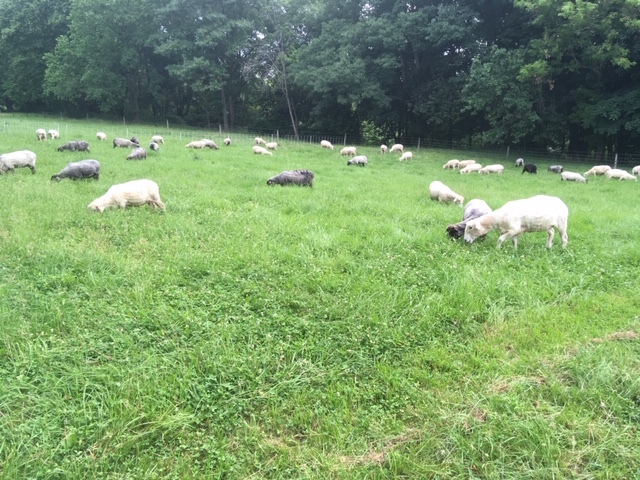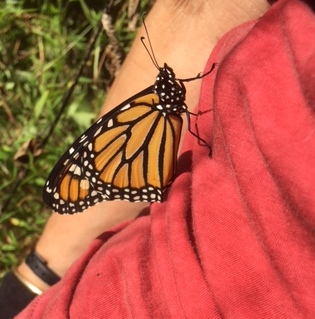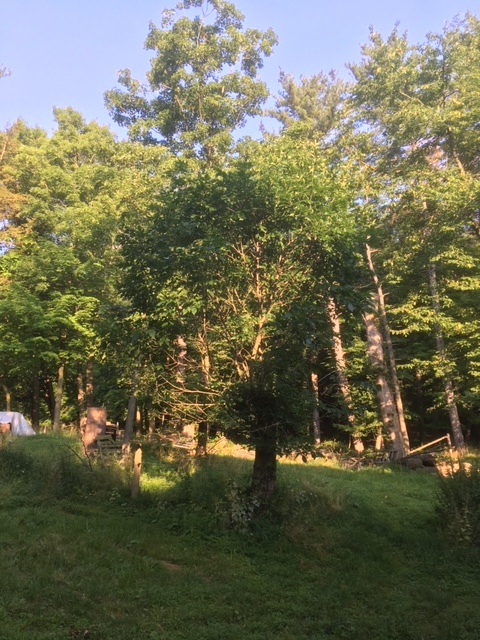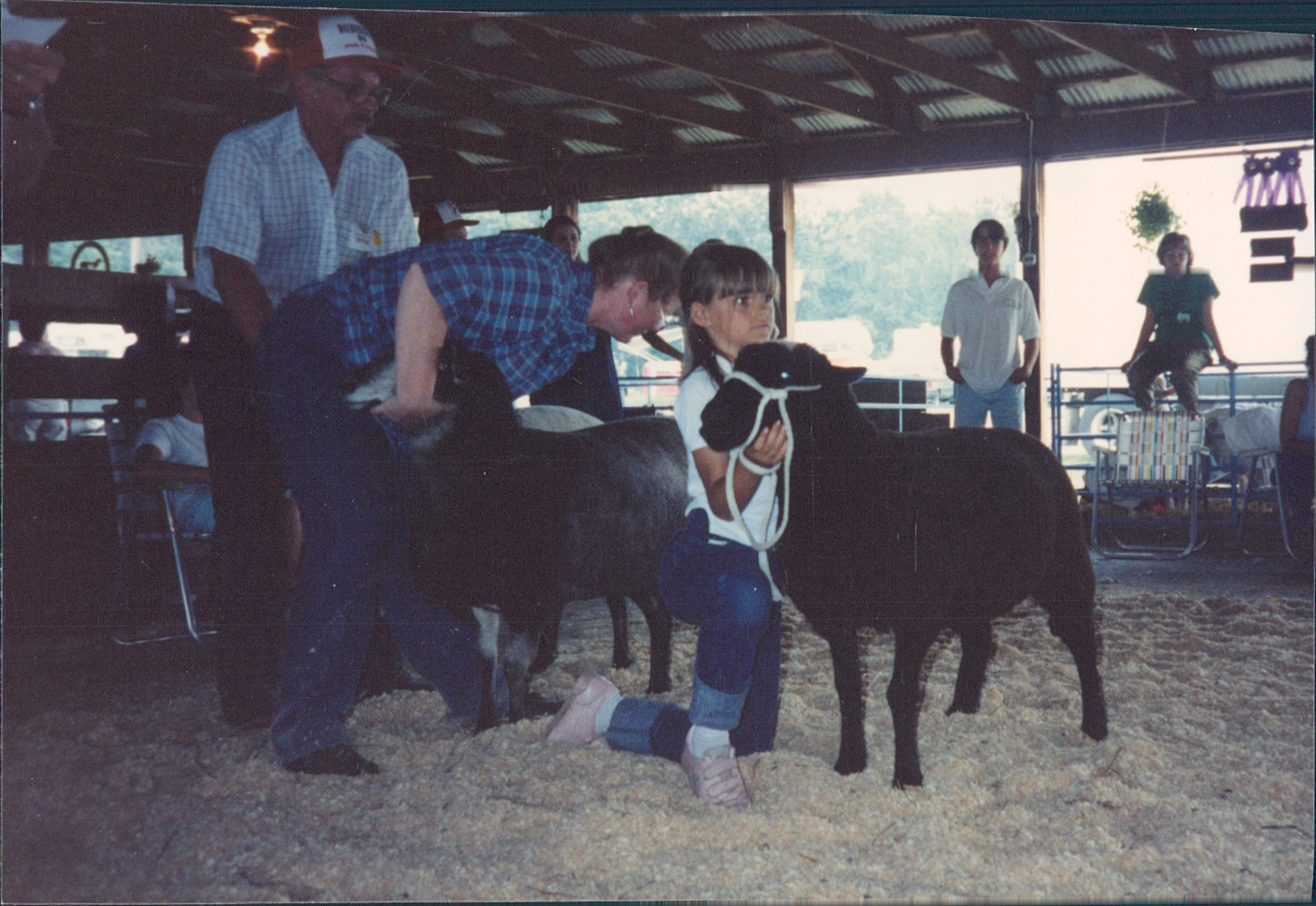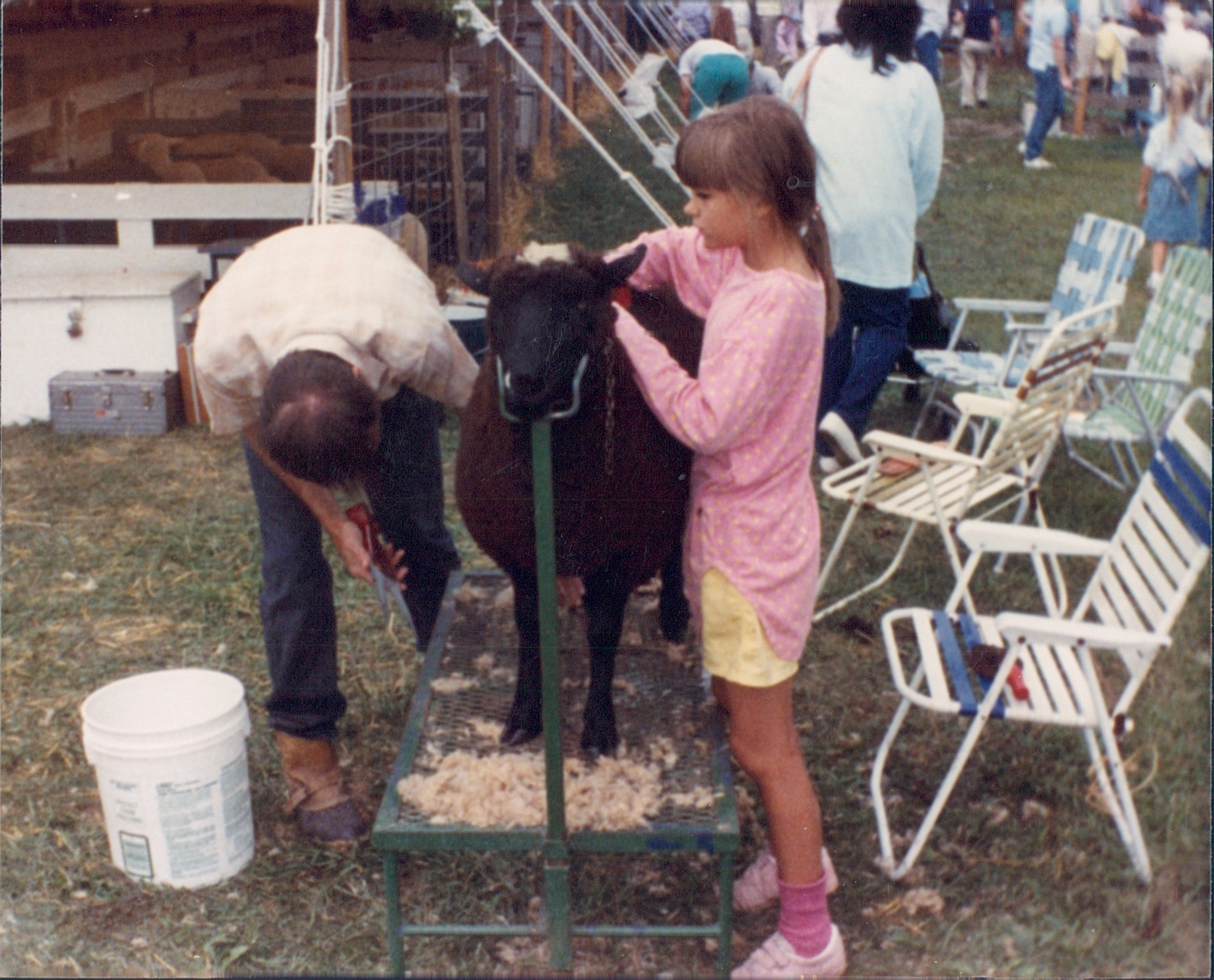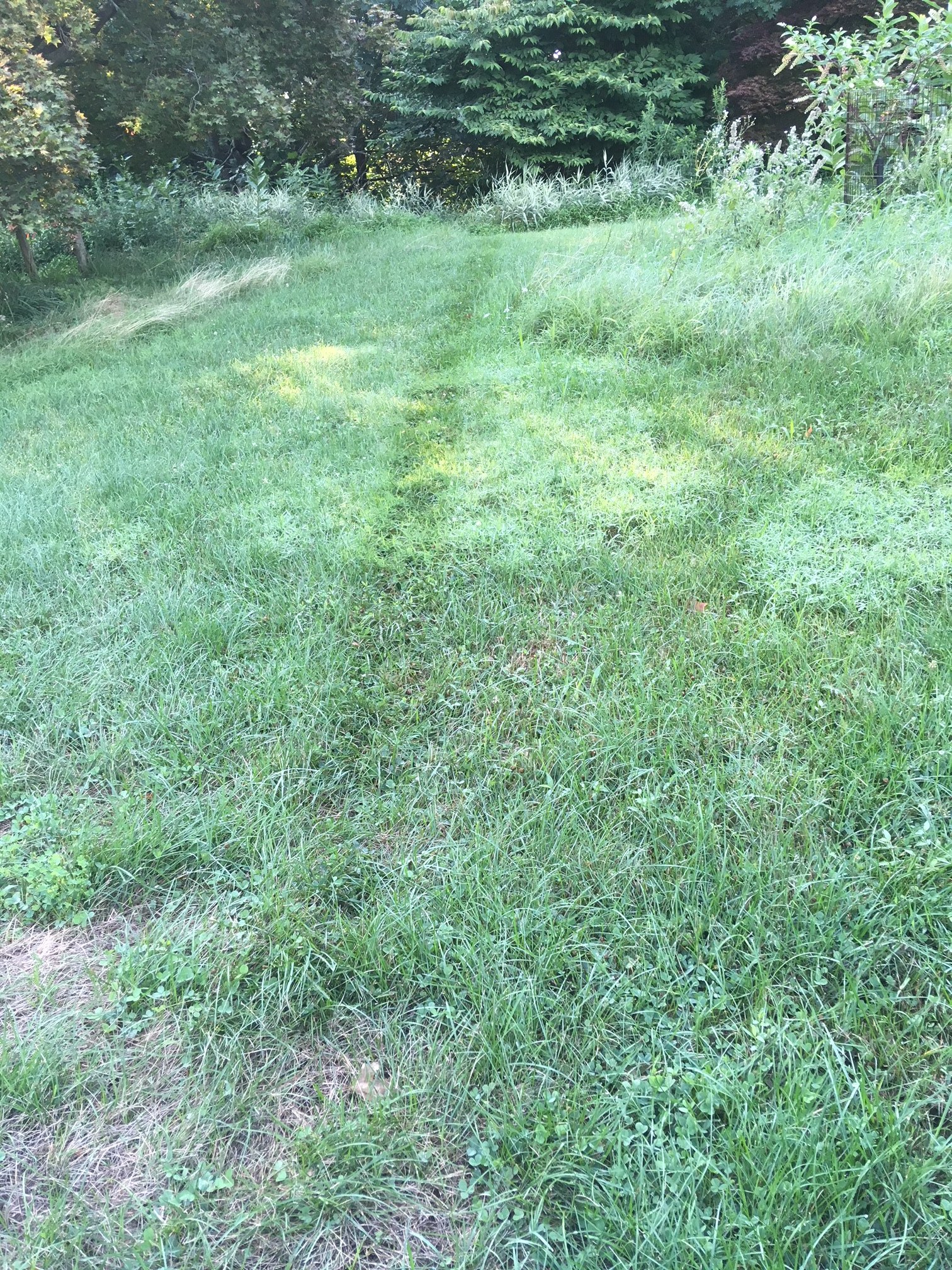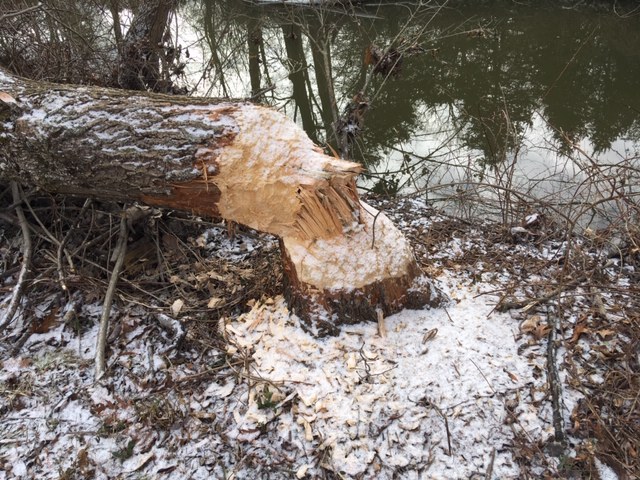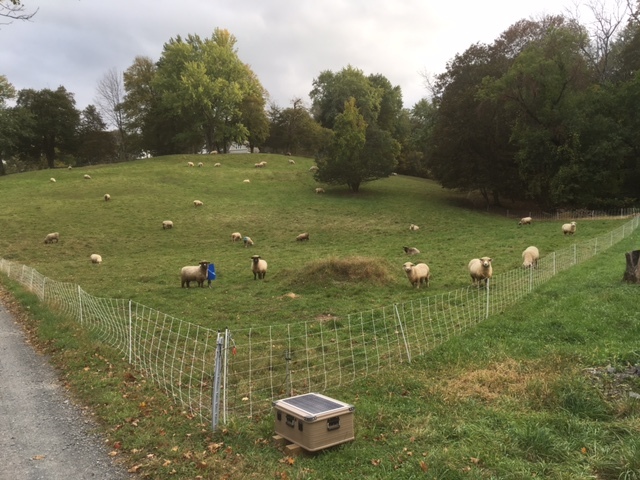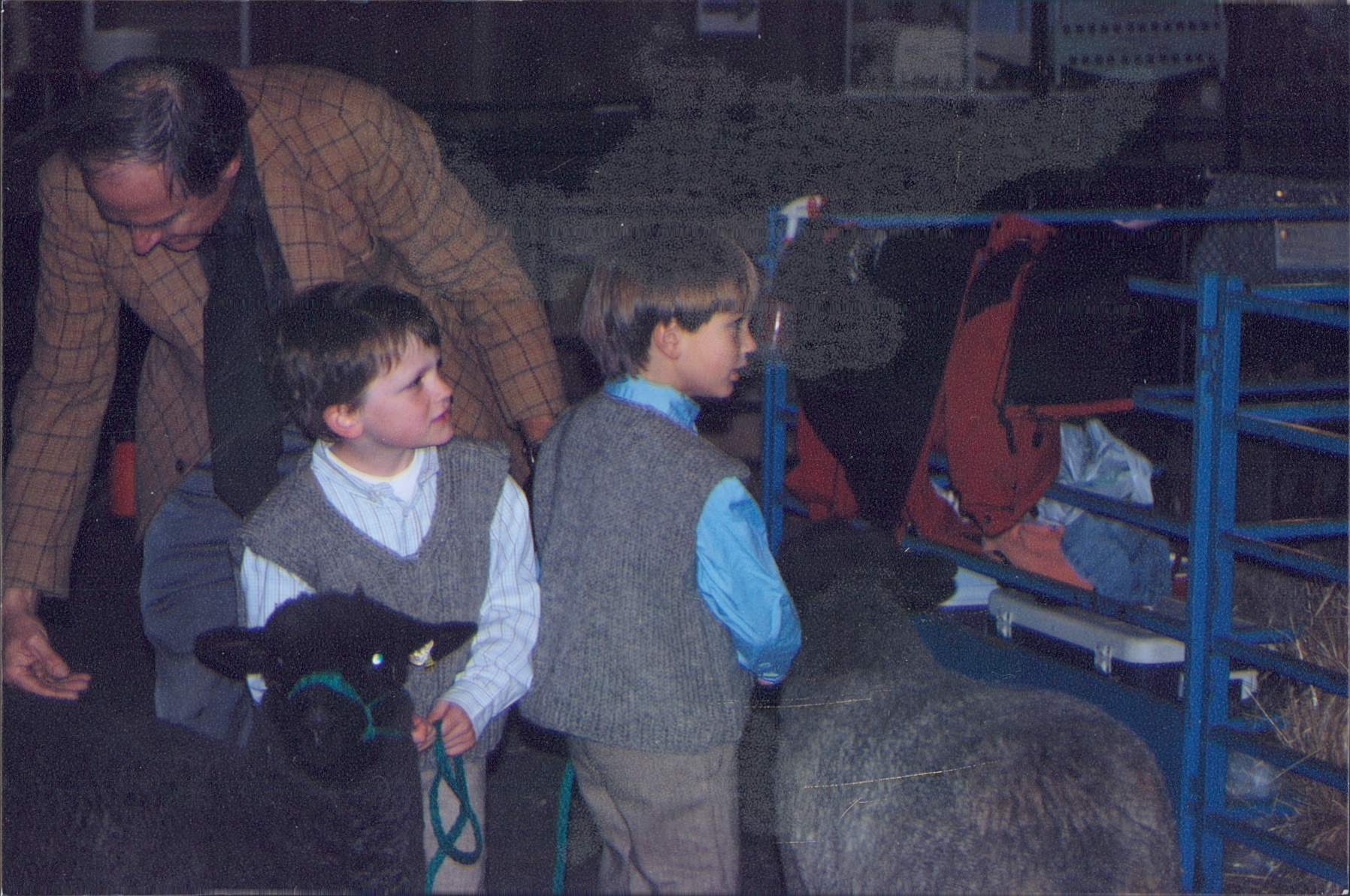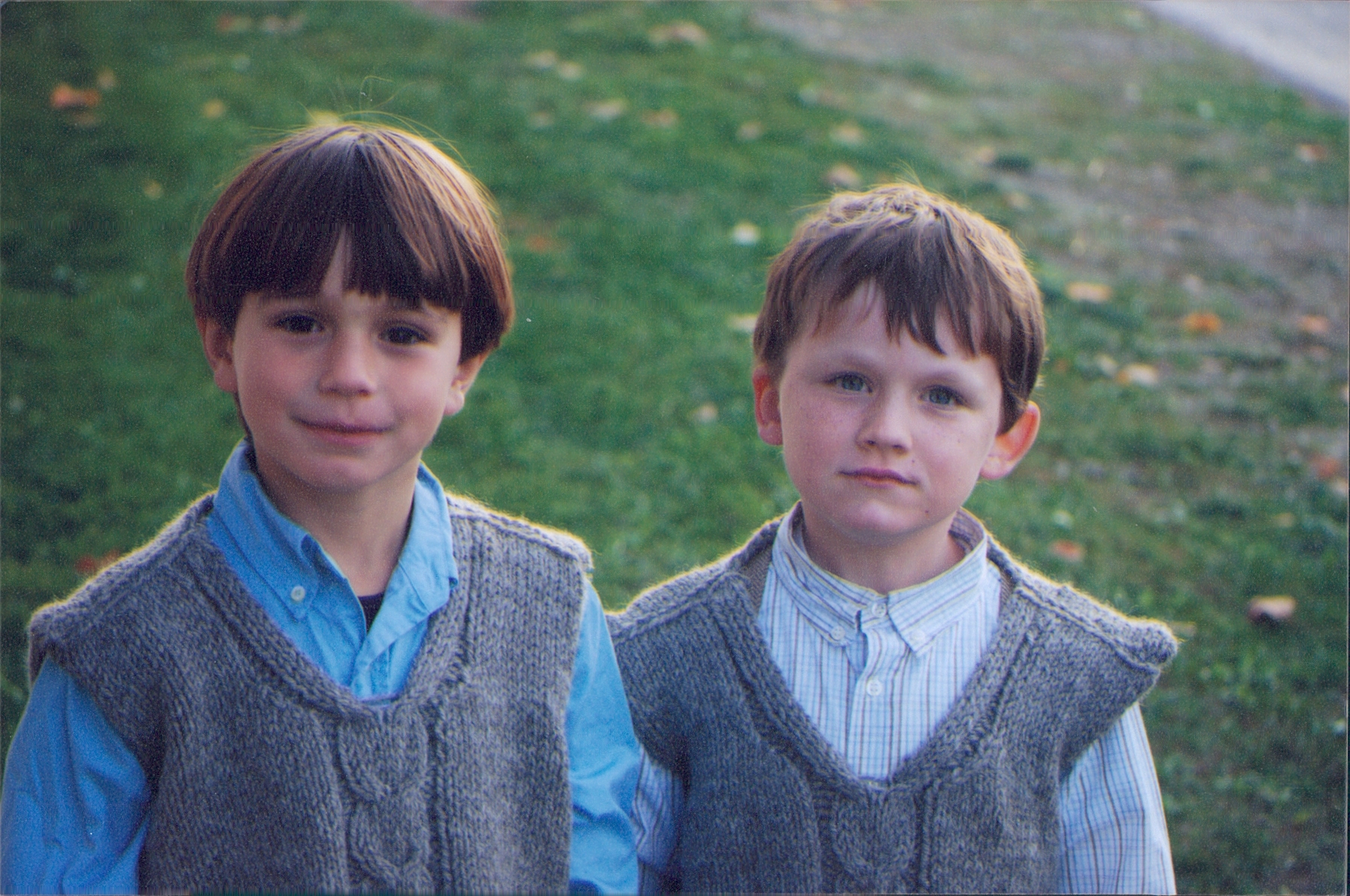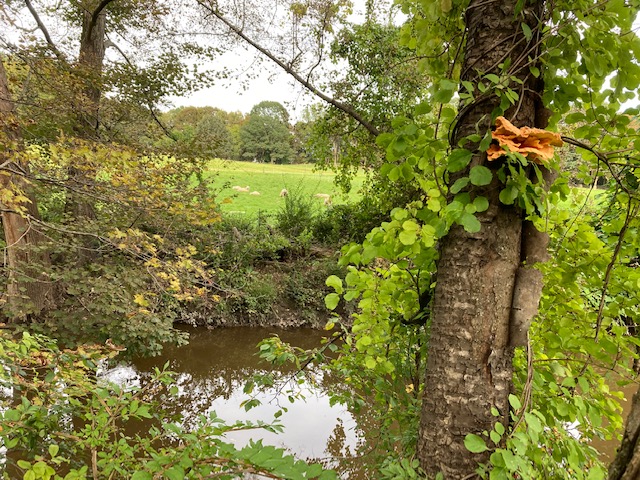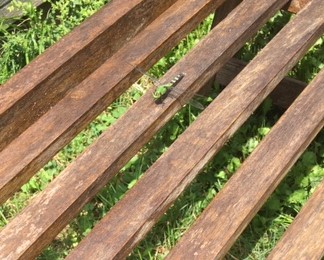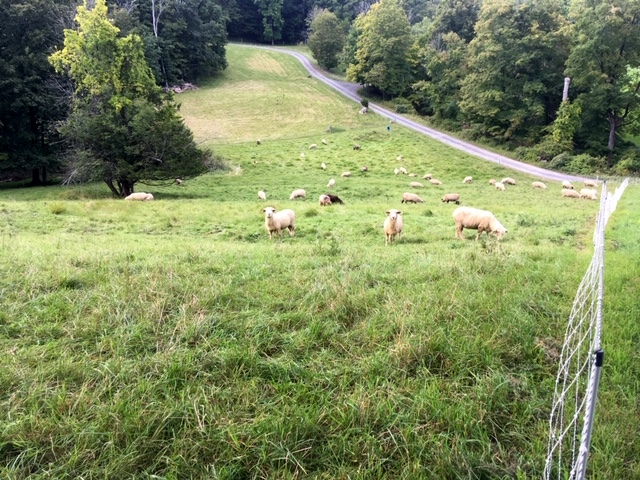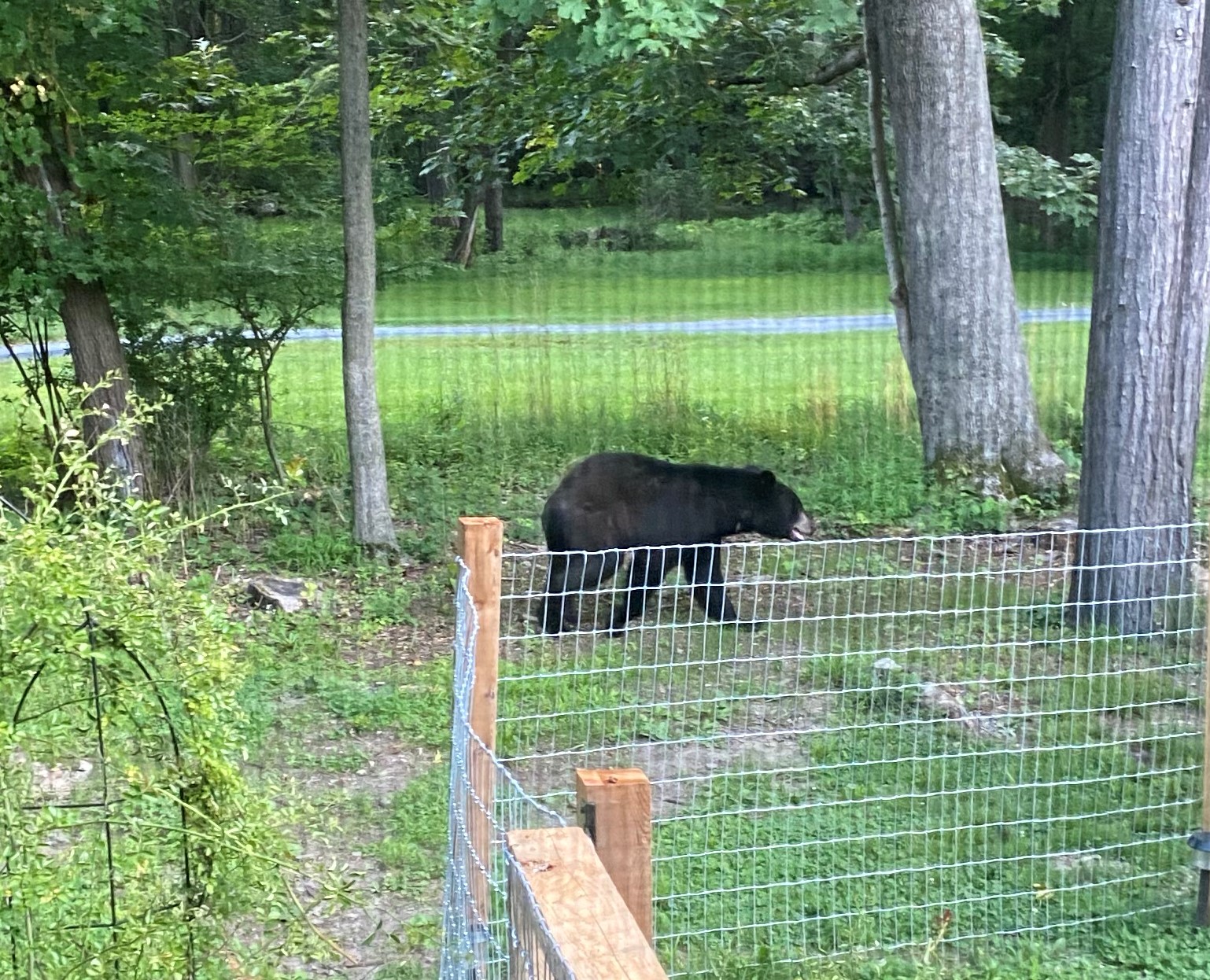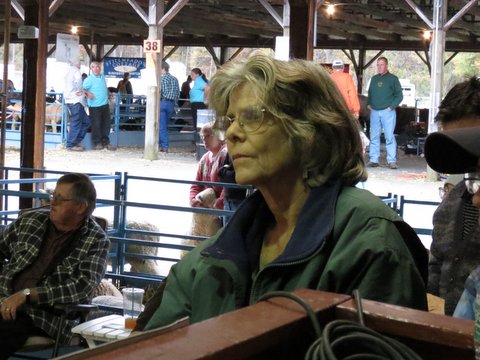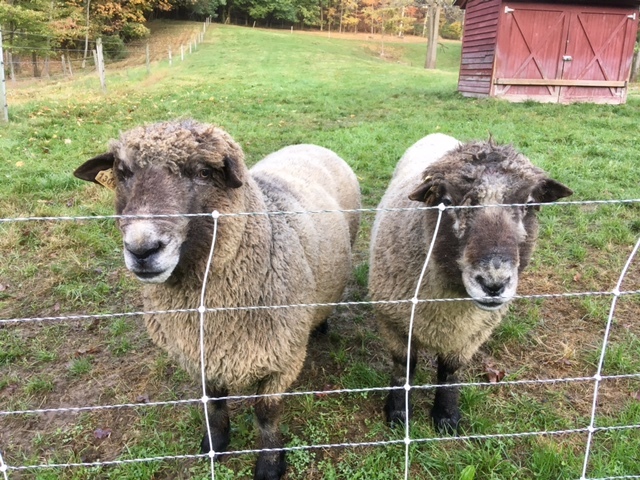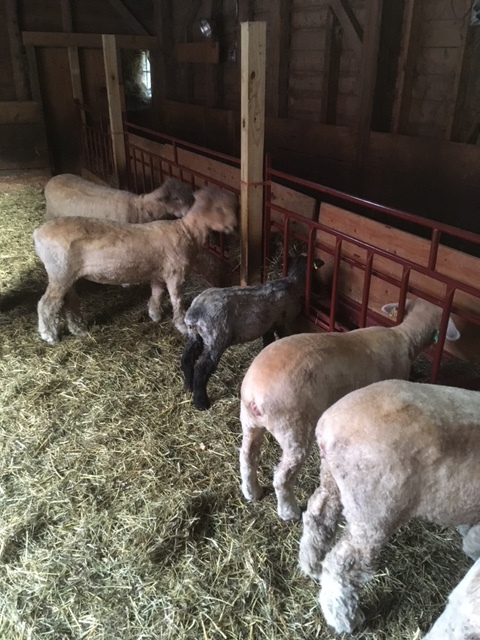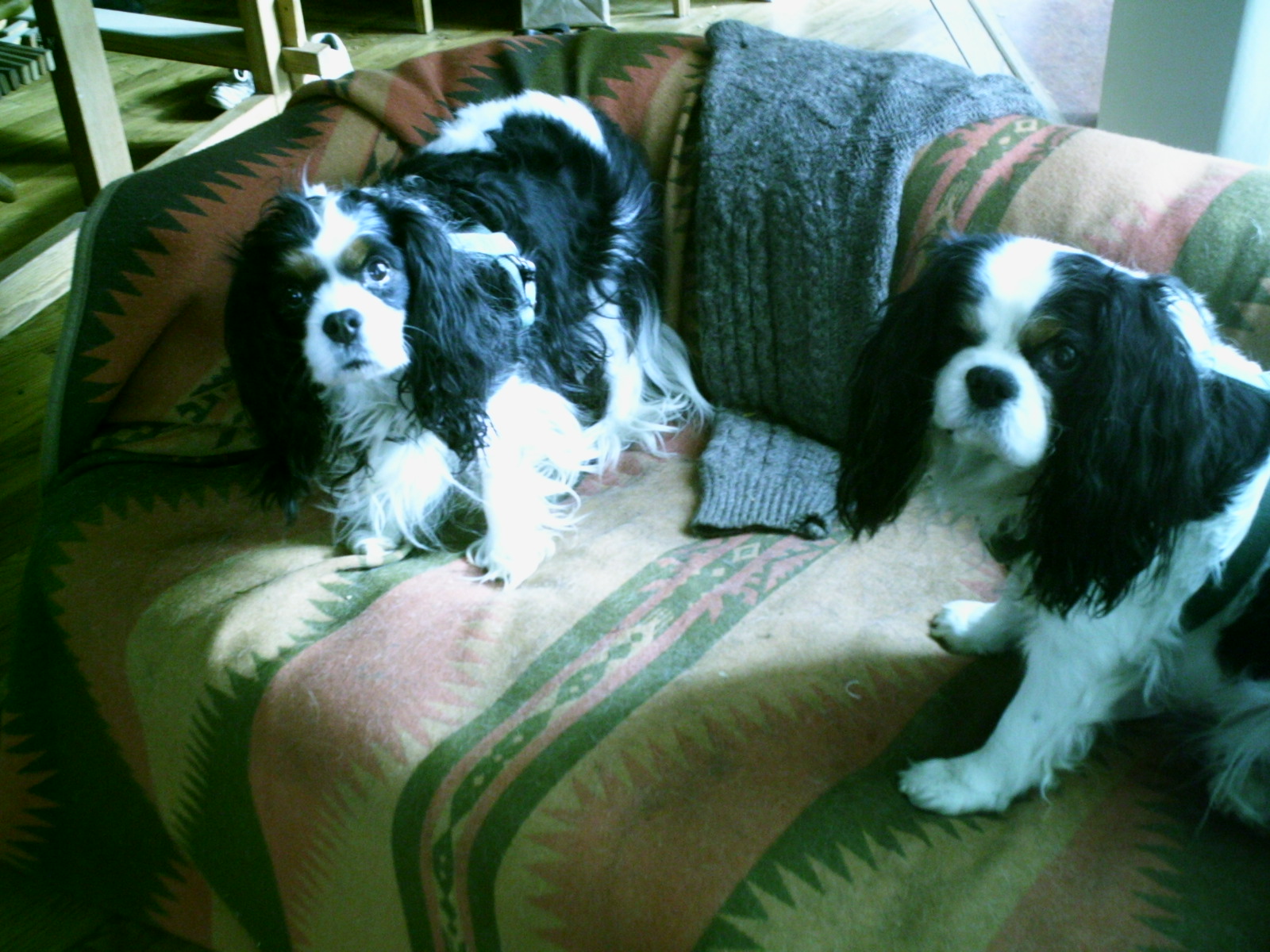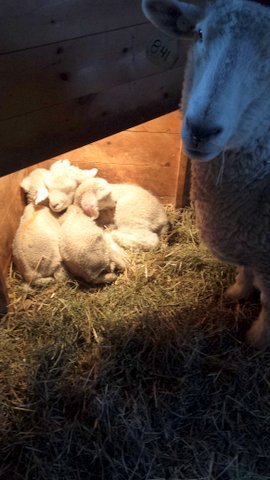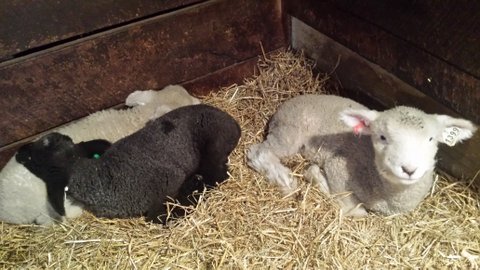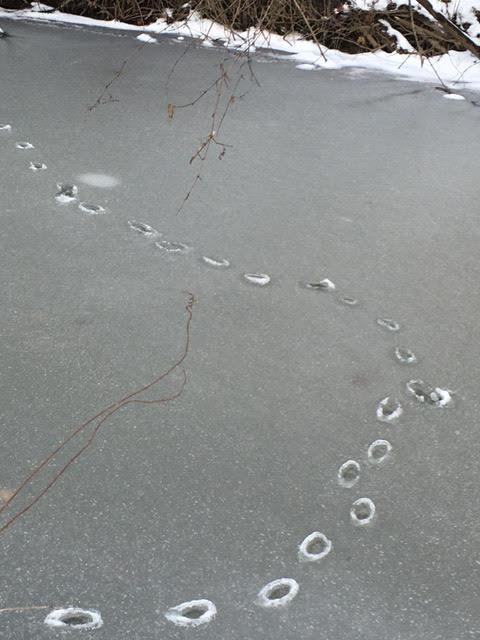For Sale
Although we have not been to a show since 2018, we still raise Romneys that can light up a ring. Come and see. Call Rhonda Jaacks 845 217 1974.
With regard to shows, however, do be aware that in 2025 we plan to offer only two lambs for sale at less than three months of age. Since nearly all the group are AI- sired by the highly worm-resistant ram KKS 7084-22, we want to see how they stand up to the worm challenge of a summer here on just grass. The only exceptions are two striking extension-dominant natural-colored ram lambs whom we are prepared to let go soon after weaning (late May) because we don’t want to keep ex-dom rams regardless of worm resistance. In the casual photo just below Anchorage 2003-25BBX Tw is front and center. A photo of 2001-25BBX Tw follows that.
Anchorage 2003-25BBX Tw aged 5 wks
Anchorage 2001-25BBX Tw aged 5 weeks
Our plan now is to observe the entire cohort of lambs (except the two rams if sold) for several months, then make available as future breeding stock in the late summer those that best withstood the summer worm challenge and also fit the ARBA breed standard in every way.
As for ewes beyond their first birthday, we do have for sale an extension-dominant yearling, “Zelda,” Anchorage 1951-24BBX
Zelda (1951-24BBX) April 7, 2025
and one extension-dominant two-year old (Anchorage 1898) who lambed in 2025. “Yara” is pictured below.
Anchorage 1898-23BBX Tw (“Yara”)
For yearling rams we commend to you as a card-carrying recessive “Zam,” Anchorage 1914-24BBR Tw. I propose for his agouti alleles “light blue and something darker.” Casual photo below.
1914-24BBR Tw
“Zipper” (Anchorage 1912-24BW Tw), a white yearling ram, is nicely-proportioned, with a very open face, lovely fleece and pleasant disposition. His registration will have a BW suffix as explained below, as his white dam’s white grandsire had a color allele at the agouti locus that no one had known about until after coming here he bred two ewes each of whom happened to be an unrecognized color carrier.
Zipper Anchorage 1912-24BWR Tw
For inquiries about the sheep now offered for sale (two ex-dom ram lambs, one ex-dom yearling ewe, one recessive yearling ram, one white yearling ram and one ex-dom mature ewe) phone Rhonda Jaacks at 845 217 1974 soon. Prices in this group are in the $350-650 range. We welcome farm visits any time from April 15 on.
To keep an eye on which lambs of 2025 will be available as future breeding stock after August, check with Rhonda as the summer goes on.
A note on white lambs from Anchorage Caution: All our white (18) lambs born 2024 will require a BW affix on their ARBA number when registered, because their sire, Anchorage 1856/22 has a BW. This does not mean that a lamb of his “carries recessive color” due to a color allele (“gene”) at the agouti locus on chromosome 13, but there is a chance of that. Accordingly, lambs who have a BW affix because there’s a known agouti recessive ancestor fit best in a breeding program that actively wants “recessive color,” or at least would not mind if it popped up unexpectedly.
Most of our white lambs born in 2025 will, also, require a BW suffix at registration. Many will get it because they have a recessive dam and a white sire; others because their white dam has a BW.
Barn lore says a black spot on a white sheep’s body means the animal has a single unpaired color allele at that key locus. This is hard to prove or disprove. For this reason, programs that abhor a black spot on a white sheep or don’t want a surprise colored lamb from ostensibly white parents should be wary of BW that’s traceable to a recessively-colored ancestor, as are all of our BWs now.
In previous years we had never used a white ram with a BW affix, though we had used a white ram not of our breeding (145) with an undetected, single, recessive color allele at the agouti locus; that is, an “unrecognized color carrier.” In fall 2023, however, the mature white ram from Oregon whom we had planned to use died suddenly, making us go with a resident white ram of our breeding (1856/22) whose white dam (1573-18) had been sired on a white dam (1328) by that previously unrecognized color- carrier 145. That parentage conferred a BW on 1573 and on all her progeny and their progeny. There is a 50% chance that 1573-18 was a color carrier. If she was, there’s a 50% chance that her son was, too; if she wasn’t (we’ll never know), there’s no chance he was, the BW suffix notwithstanding.
“BW” can be in the ARBA registration number for another reason, however, with very different implications for the perpetuation of “color.” A colored sheep in the ancestry of a Romney need not have been recessively-colored. That ancestor could have got its color from having a dominant color allele at another place in the genome, the extension locus. White offspring of an extension-dominant parent have not inherited that color allele; it’s gone for good from their genetic makeup and from that of their descendants, but ARBA rules decree that all BW affixes, regardless of origin, must stick generation after generation. Overall, I think that ‘s a good idea though confusing.
For the last thirty years or so, most natural-colored Romneys in shows (and, I would venture, nearly all of them in the biggest shows) have a dominant color allele at the extension locus. This observation is offered without judgement or explanation here.
In summary, BW is not a mark of Cain nor a scarlet letter; it can be a tipoff to the possibility of a recessive allele at agouti, which some Romney breeders seek and others shun.
Questions? call Anchorage manager Rhonda Jaacks 845 217 1974 anchorageromneys@gmail.com
**********************************************************************************************************************************************************************************
